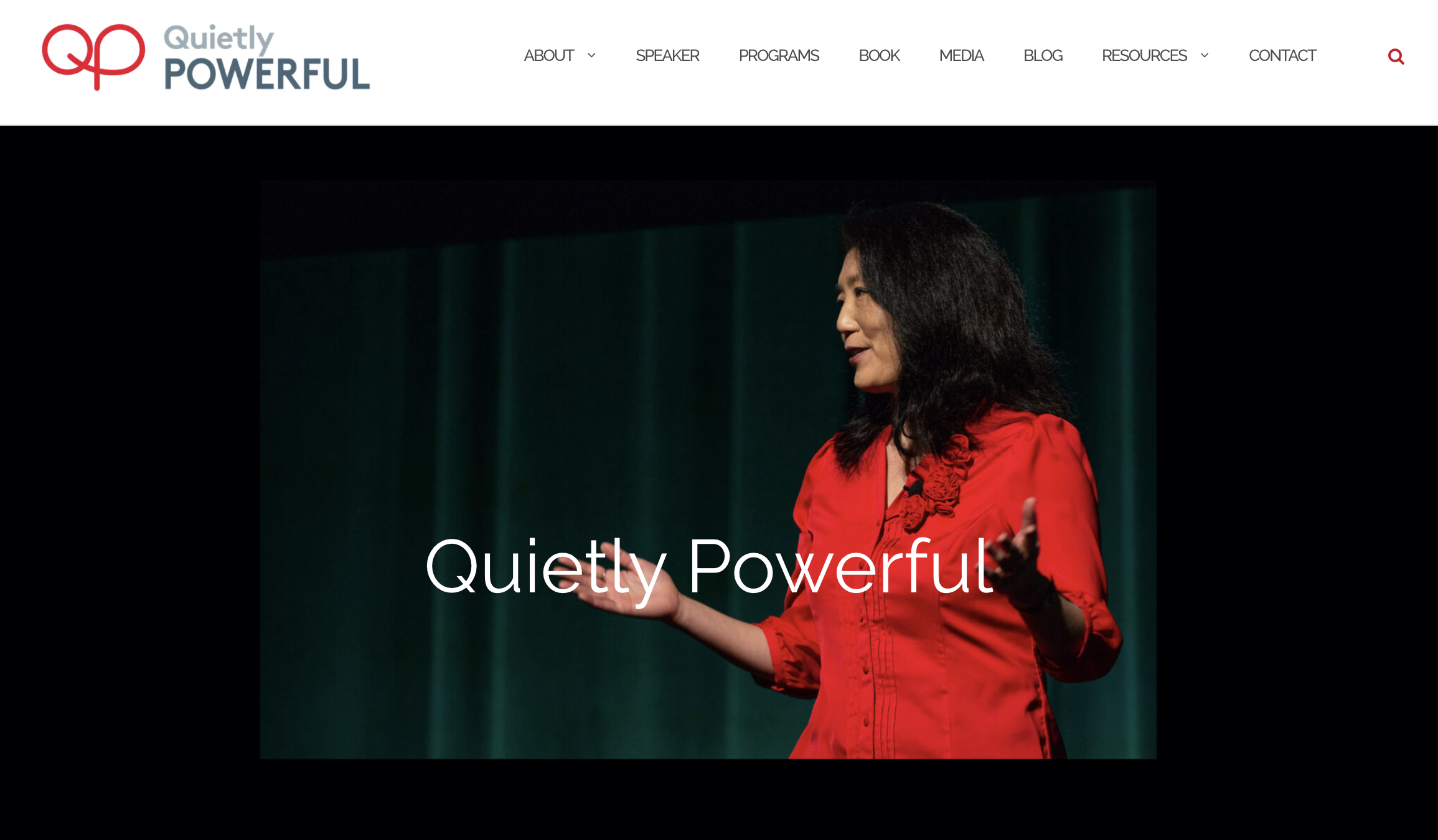My Blog
The dangers of leaders who appear confident but are not so confident inside
- Details
- Posted: 07 November 2017
Lately I have had many coaching sessions and conversations around aspiring leaders who wish to be more confident. Many have been told to ‘be more confident’, which is unhelpful (see Don’t tell me to ‘be more confident’). Others have been told that they appear confident but don’t feel so confident inside. I am excited to be working with these people as they are aware of and open to the need to develop their inner confidence.
Others have shared stories of leaders or colleagues who are articulate, charismatic and appear confident but don’t seem to achieve outcomes. Or leaders who seem confident but cannot take feedback as regularly get defensive. While competence has a part to play, of course, there are also problems with over-emphasising the importance of appearing confident (See Appearing confident is over-rated).
The danger of leaders who appear confident and not so confident inside is that the insecurities leak out as they need to keep up the appearance of confidence. The most dangerous cases are when these leaders are unaware or don’t acknowledge their insecurities and try to cover up through various means, such as:
- Dominating over others so they cannot be a threat
- Using fear (through their behaviours or other means) as a way to keep people under control
- Not listening to feedback, being defensive or even attack the messenger as it threatens their confident sense of self
- Inability to listen to ideas that are not their own or different to their own
- Inability to show vulnerability or apologise for mistakes
- Blaming everyone but themselves for problems, not taking ownership for any part of the problem
- Humility or self-deprecating humour don’t show up much or are superficial
- Inability to give credit to and/or develop others
What struck me is how little we generally focus on developing or assessing inner confidence as part of promotion decisions, talent identification or leadership development. Many use appearing confidence as a proxy for real confidence (and competence, for that matter), which can be misguided!
Working on appearing confident by developing skills in presentation, communication, deliberate use of spoken and body language as well as building expertise and knowledge in technical skills are all useful and important, though not enough. Without the inner confidence, there are risks of leaders mis-using their positional power, often unconsciously. (see Power poisoning, and work by Julie Diamond on Power Intelligence)
The challenge is that inner confidence requires personal development, not training in leadership skills or behaviour. It requires work on self-awareness, mindfulness, self-acceptance, appreciating our strengths and weaknesses, addressing how we talk to ourselves about ourselves, working on our beliefs about our identity. This is deep work and requires time for reflection.
Have you seen examples of leaders who appear confident and not so confident on the inside? What kind of behaviours did it result in? What have you or your organisation done about them?
My bigger mission with Quietly Powerful is to expand the definition of what good leadership looks like (see The definition of what good leadership looks like needs an update). This includes more consistently acknowledging that “appearing confident” is not sufficient for good leadership and making hiring and promotion decisions accordingly.
Related articles
Bias towards style over substance is keeping your real talent hidden
How organisations and leaders crush diverse talent without realising
Are you a leader that brings out the best from a mix of different people?


